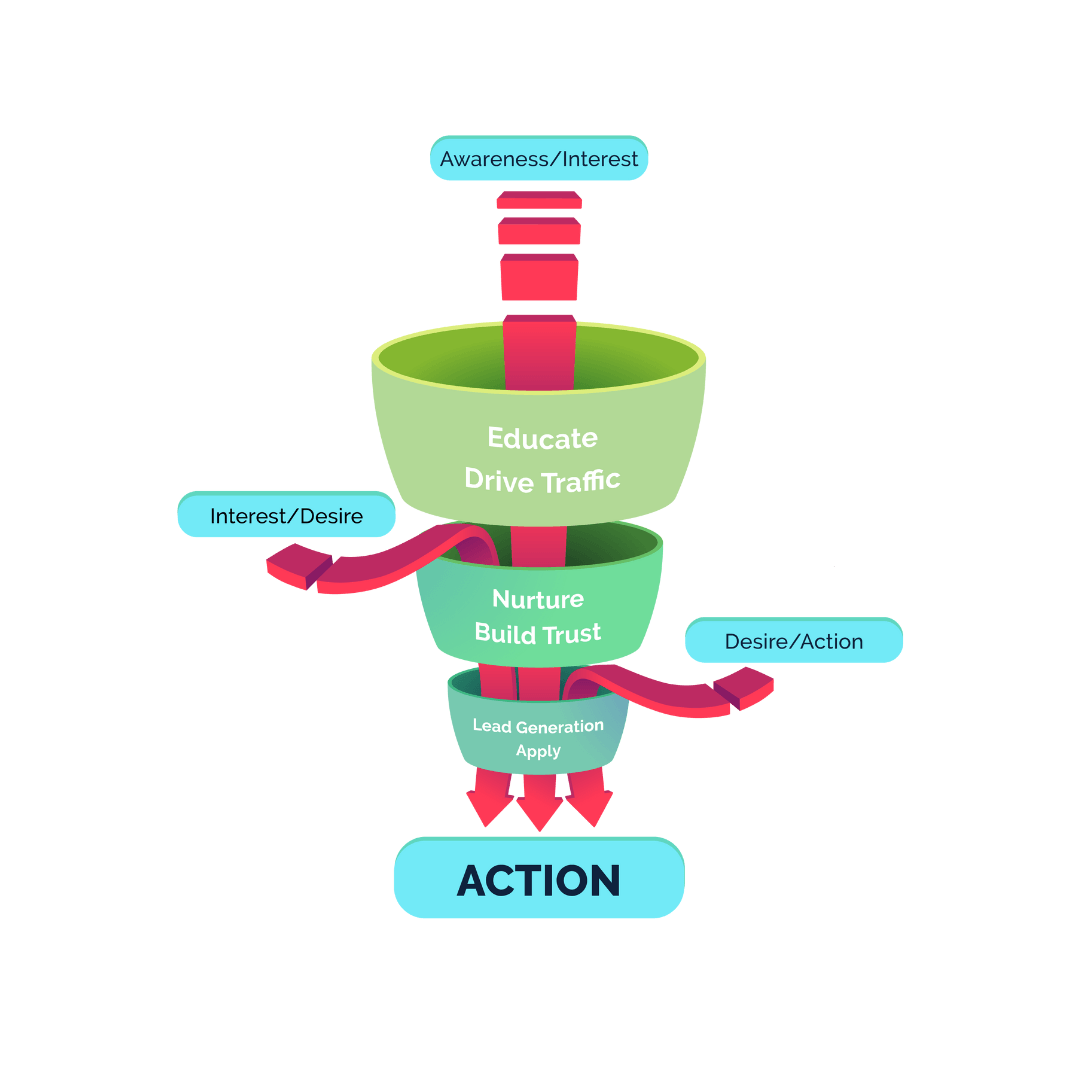Communications strategies are not Voodoo
If sticking pins into crude effigies of your competitors were an effective business approach, everyone would be doing it. Bookshelves would be overflowing with titles such as “The Voodoo Method” or “Juju to Success”. It isn’t and they aren’t – for good reason. It doesn’t work. In contrast, the benefits of a strategic approach to business are widely recognised. This is why, for example, the vast majority of enterprises begin life as a business plan.
So why do many organisations not apply the same strategic approach to their communications? Emails, press releases and social media can all be powerful marketing tools, but only if they are used effectively. If you fire out communications on a whim, you are essentially attempting to redecorate your home by dropping a stick of dynamite into a tin of paint: there are results, just not necessarily the ones you wanted. Yes, there might be paint on the walls, but there is also a liberal coating on you, the cat, the furniture and the windows (which are now in pieces in the front garden).
A communications strategy brings order and purpose to how your company communicate. It is a living document that creates a framework for all internal and external communications within your organisation. Detailing objectives, channels and target audiences, it explores how effective communication resources can best be applied to achieve the broader objectives of the organisation.

Objective:
An effective communications strategy for the should always begin with an objective. This should relate directly to the overall objectives of the organisation. If, for example, your company aims to increase revenue from its existing customers, you might consider using marketing communications to add value to the customer experience and increase brand loyalty. It is worth noting that a strategic communication channel can achieve many things, but it is not a panacea for problems elsewhere in the organisation. If your company is haemorrhaging customers because your customer service is lousy, you will be unlikely to get repeat business until you have resolved the underlying issue. Make sure that your objectives are SMART – Specific, Measurable, Achievable, Realistic and Timely.
Context:
The next step is to examine the circumstances in which you are operating. Look at your market, your competitors and any political uncertainties that may hinder your organisation in reaching its objectives. As with creating a business plan, there is no substitute for thoroughness. Airedale Communications recommends carrying out both a SWOT analysis (Strengths Weaknesses Opportunities Threats) and a PEST analysis (Political Economic Social Technological). Identifying potential threats in advance helps you to determine marketing written communications approaches to mitigate them or use them to your advantage.
The context element should answer the following questions:
- Who are we?
- What do we stand for?
- What do we do well?
- Where are we weak?
- What message (if any) are we sending out?
- How is it being received?
- Who are my competitors?
- What are they doing well?
- What are their weaknesses?
- What is their message?
- How is it being received?
- What similarities do we share with our competitors?
- How do people see us?
- How do we want to be seen?
- Are there any political or social developments that may be beneficial/detrimental to our operations?
Target Audience
Now you need to consider your audience. Unless you understand whom you want to reach with your message, it is impossible to know how to reach them effectively. Knowledge of your audience determines not only what you say, but also how you say it and the most appropriate channels to use.
The target audience element of your communications plan should answer the following questions:
Are your audience local, national or international? Are they businesses, consumers, media professionals or policy-makers? Are you reaching out to a new or established audience? Are they male, female, transgender or a mix? What is their average age, income bracket, level of education? What are their values? What are their media habits?
Target message
Once you have determined your target audience – or target audiences – you need to determine the message that you want to convey. If, for example, your organisation is looking to raise the cachet of its brand and increase revenue by charging more for each unit, you might want your messages to be ones that reinforce the quality, durability or desirability of your product. How do you tailor those messages to appeal to your target audiences? Effective communication is all about telling a consistent story, but doing so in a way that resonates with each audience.
Take, for example, a company like Audi. Its motto “Vorsprung durch Technik” translates as “Advancement through technology”. This simple phrase encapsulates the company’s core values of engineering excellence and technological innovation. If Audi wants to market its A1 model to a younger audience, it might emphasise the car’s dynamics, style and technology – perhaps using video clips posted on social media to reach the appropriate audience. If, on the other hand Audi is looking to appeal to middle-aged family buyers with its A4 estate, it might use a television advertising campaign that emphasises the car’s safety, practicality and durability. Audi markets its products to many different audiences, it tells stories in many different ways, yet it remains consistent in its core message.
Some things to consider:
- What do you want audiences to know, think or do?
- Why should they care? How does it affect them?
- Consider the AIDA Model: Awareness, Interest, Desire, Action
Approaches to Communications Strategies
If you were a manufacturer of training shoes and you were trying to directly encourage young, style-conscious males aged sixteen to twenty-one to buy your product, would it be a good use of your marketing budget to invest in a full-page advertisement in “The Daily Telegraph”? It’s no reflection on the newspaper, but probably not. Likewise, if you sell stair lifts, would it make sense to buy advertising space on a website dedicated to triathlon? Not really.
Once you have determined your audience and message, you need to consider the resources and approaches that are at your disposal and determine the ones that are most appropriate for your message and your target audience. What is your budget? What human resources are available to you? Which approaches and channels offer the biggest bang for your buck?
Metrics
How do you measure your success? Strategy for effective communication is a living document that should evolve according to your successes and failures. It should be constantly refined and tweaked in a process of continuous improvement within team's. If you have not defined what success or failure looks like, how do you know if your objectives are being met? It is also useful to set yourself milestones so that you can measure your progress. There are many ways of measuring success, including:
- Increase in website hits
- Increase in referrals
- Number of likes/follower/shares on social media
- Increase in orders
Conclusion
Any organisation – be it a large corporation, a charity or a micro-businesses – will benefit from taking a strategic approach to marketing communications. Creating a communications strategy is not a quick process, especially if you are thorough in your research; however, it is time well invested. A communication strategy gives your marketing communications direction and purpose, and it allows your organisation to maximise the return on its marketing investment.
No time to create your strategy yourself? Let us assist you!








Sign up to our newsletter for the latest insider insights, top advice and more.
We will get back to you as soon as possible
Please try again later

Shoo Social Media
137 Bolling Road
Ben Rhydding
Ilkley Leeds
LS29 8PN
01943 430245
Info@shoosocialmedia.co.uk

